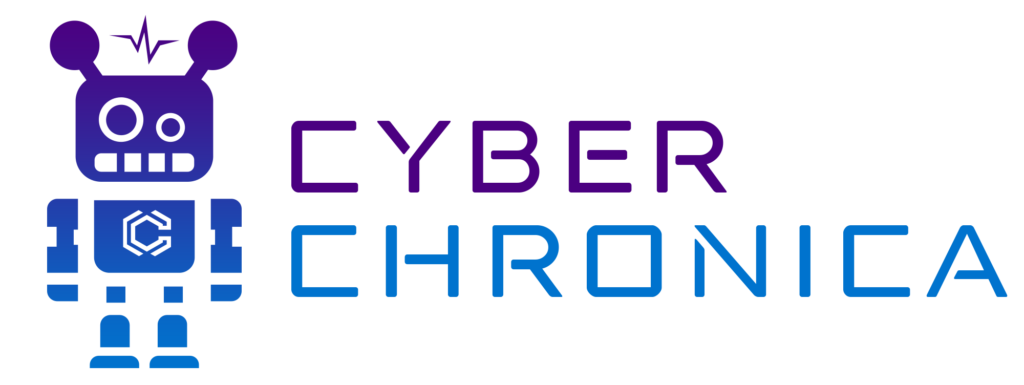More than a million eukaryotic species are likely to be mapped in the next decade. This could help us better understand genotype-phenotype crosstalk, gene function, and relationships, as well as solve evolutionary concerns. We use phylogenetic profiles from 1154 eukaryotic species to construct a machine-learning strategy for using them. This strategy uses eukaryotic clade co-evolution to anticipate similar functions between human genes and the setting in which they occur. Functional labels for less-studied genes can be determined using this method. Overall, this method allows for more accurate annotation of function and functional interactions, as well as a better understanding of the evolutionary mechanisms that lead to co-evolution.
Co-evolution based machine-learning for predicting functional interactions between human genes | Nature

RELATED ARTICLES





